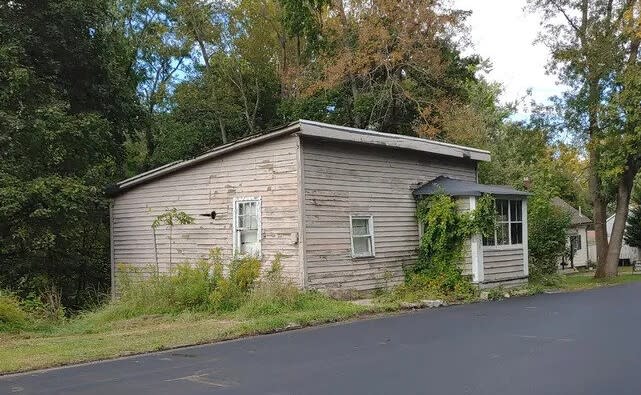As online banking grew, mortgage lending regulations didn't follow suit. Until now.
After nearly three decades, bank regulators have updated a 1977 law meant to undo the practice of redlining, a color-coded government-backed policy of discriminating against Black borrowers by deeming − and literally outlining − majority Black neighborhoods as “hazardous.”
Although racially motivated redlining was banned by the 1968 Fair Housing Act, many community groups still found evidence of the practice in the mid-1970s leading to the enactment of the Community Reinvestment Act in 1977.
The CRA was meant to encourage banks to meet the credit needs of the communities where they do business, especially in low- and moderate-income areas within those communities. In 1995, regulators overhauled CRA implementation to make it more quantitative and performance-focused, including how they serve the communities they have branches in, according to the Federal Reserve.
Digital lending

The changes announced Tuesday, developed by the Federal Reserve, the Office of the Comptroller of the Currency and the Federal Deposit Insurance Corp., updates the law to be in sync with the digital age so regulators evaluate banks based not just on where they have a physical presence but also by where they do business via mobile and online banking.
“The rules that give that law teeth were last updated when the web was a brand-new thing,” said National Community Reinvestment Coalition President and CEO Jesse Van Tol. “This update is both long overdue and essential. Marginalized communities still suffer from a variety of inequities in mortgage and small business lending, and from the enduring effects of historic financial discrimination.”
The homeownership gap is wider today than it was in 1960, before the Fair Housing Act was established.
'We are a broken people': The importance of Black homeownership and why the wealth gap is widening
Using 2018-19 Home Mortgage Disclosure Act data, the Urban Institute found that Black borrowers were particularly underserved in low- and moderate-income (LMI) neighborhoods, where even though 17.9% of homeowners were Black, Black homebuyers received only 13.1% of owner-occupied purchase loans. The study also found that in all neighborhoods, Black borrowers experienced a 2-percentage-point shortfall in bank lending.
The Community Reinvestment Act applies only to banks, which are regulated by the Federal Reserve, the Office of the Comptroller of the Currency, and the Federal Deposit Insurance Corp.
However, in 2022, independent mortgage banks (or IMBs, which are nondepository institutions and don't fall under the CRA law) accounted for about 60% of all mortgage originations. A study by the Urban Institute found that IMBs have a better track record of serving both minority and LMI neighborhoods and borrowers, said Janneke Ratcliffe, vice president of Housing Finance Policy Center at the Urban Institute.
“We are still sifting through the details to identify the most meaningful changes,” she said.
Swapna Venugopal Ramaswamy is the housing and economy reporter for USA TODAY. Follow her on Twitter @SwapnaVenugopal
This article originally appeared on USA TODAY: Undoing redlining in the digital age: Why banks just made a big change

 Yahoo Finance
Yahoo Finance 